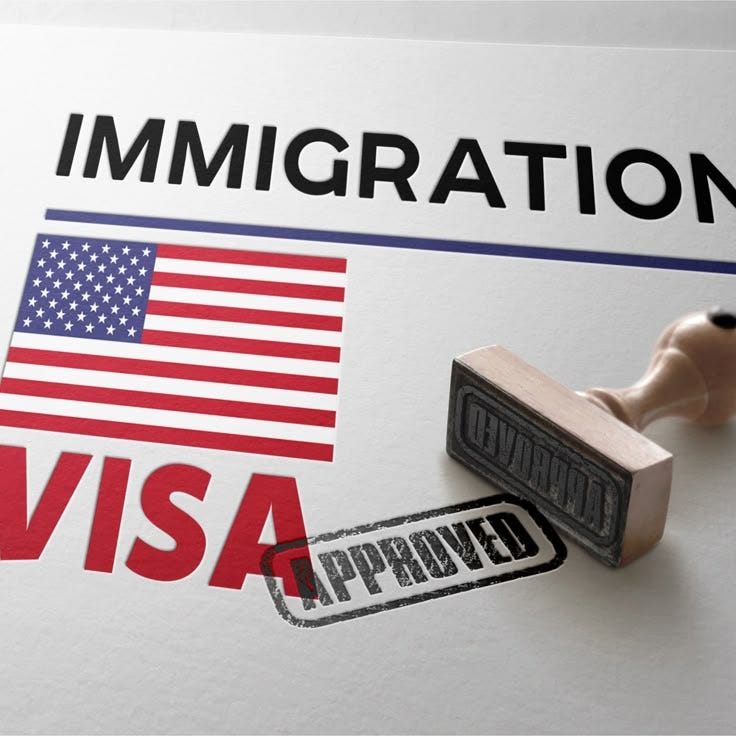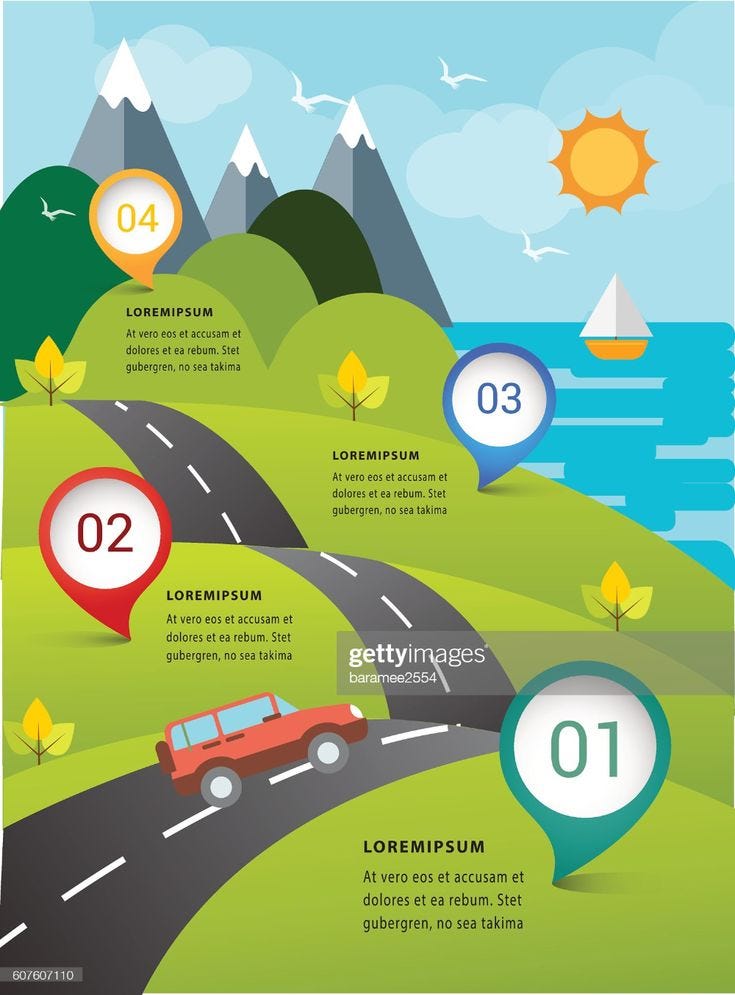views

Have you ever built something that changes lives — a tech platform that redefines remote work, a design studio pushing sustainable fashion, or a research project tackling clean energy? You’ve earned recognition at home, but now you’re eyeing the United States. You want access to its resources, investors, and markets to fuel your growth. The O1 and EB1 visas can open that door, offering paths for extraordinary talent like you. But the process feels overwhelming, right? The requirements seem vague, and the paperwork eats into time you’d rather spend on your work.
Don’t worry — I’m here to help. This guide breaks down who qualifies for the O1a and EB1A visas, how to gather evidence, and why strategic public relations (PR) can make or break your application. Visibility and validation matter as much as your achievements. That’s where pros like 9 Figure Media come in. They help people like you land guaranteed publicity on outlets like Forbes, Bloomberg, Business Insider, and WSJ, boosting your credibility and even driving sales. Let’s dive in and explore how to strengthen your case, step by step.
Extraordinary Ability Without Borders: Mastering the O1a Visa
Let’s start with the O1a visa. This option suits you if you excel in sciences, arts, education, business, or athletics. To get it, you need to prove sustained national or international acclaim. What does that mean for you? It’s about showing you’re a standout in your field, not just another player.
You might wonder: Do I need a shelf full of awards or a stack of academic papers? Not necessarily. The U.S. Citizenship and Immigration Services (USCIS) wants evidence of impact. If your startup hit a million users, that counts. If your artwork landed in top galleries, that works too. Think about your biggest wins — maybe a product launch that grabbed headlines or a breakthrough that peers cite.
Here’s an example. Say you’re a tech founder whose app streamlines healthcare scheduling. You’ve got solid user numbers but no fancy awards. Pitch your story to a tech blog or magazine. A feature detailing how your app saves time for doctors and patients becomes evidence. Better yet, aim for a spot in Cover The Economist — a piece on your innovation could show the world (and USCIS) your influence.
But what if your wins feel scattered? PR can tie them together. Imagine you’re an athlete with regional medals but no global titles yet. A profile in a sports outlet about your training methods or community impact adds weight to your case. The O1a visa isn’t a green card itself, but it’s a stepping stone. Some call it the O1a visa green card route because it can lead to permanent options like the EB1A later.
How do you start? List your achievements — press mentions, partnerships, speaking gigs. Then, amplify them. Contact journalists or hire a PR team to get your name out there. Every article or interview builds your proof.

National Interest Recognition: Cracking the EB1A Visa
Now, let’s tackle the EB1A visa. This one’s for you if your work benefits the U.S. on a national level. It’s a direct path to a green card, unlike the O1a’s temporary status. Picture yourself as an entrepreneur whose AI cuts healthcare costs or an engineer whose designs purify water. The catch? You need to meet at least three of ten USCIS criteria, like elite memberships, judging others’ work, or major media coverage.
You might ask: How do I prove national interest? Focus on U.S.-specific impact. If your AI tool helps American hospitals save millions, highlight that. If your water tech could aid disaster-hit states, emphasize it. Evidence matters — contracts with U.S. firms or testimonials from American experts can seal the deal.
Here’s where PR shines. A feature in Business Insider about your AI’s cost-cutting potential isn’t just publicity — it’s proof for the EB1A visa. Or say your research on renewable energy gets picked up by a U.S. policy journal. That shows your work matters here. Even global achievements work if you frame them right. A PR campaign can position your climate solution as a U.S. priority, landing you coverage that ticks USCIS boxes.
Take this scenario: You’re a scientist with international patents but no U.S. footprint. Partner with a PR agency to pitch your story to American outlets. A piece on how your tech could power U.S. cities bridges the gap. The EB1A rewards impact, and media amplifies yours.
Telling Your Story: Turning Achievements into Evidence
For both visas, your story is everything. You’ve got the raw material — awards, projects, metrics — but USCIS officers aren’t insiders. They need a clear picture. How do you make your work jump off the page?
Start with the human side. Did your app help families book doctor visits faster? Did your designs cut textile waste for small brands? Pinpoint those changes. For example, if you’re a social entrepreneur, share how your platform lifted 500 businesses out of debt. Numbers grab attention, but stories stick.
Next, get those stories out there. Media coverage turns your claims into facts. Say you’re a musician whose album raised mental health awareness. A podcast interview about its impact becomes evidence. Or if you’re a researcher, a case study in a science mag about your findings carries weight. Outlets like Bloomberg love real-world results — pitch them yours.
Here’s a trick: Write a one-page summary of your best project. Include the problem, your fix, and the outcome — like how your software sped up factory production by 20%. Send it to journalists. When they run it, you’ve got a ready-made visa exhibit. Your narrative isn’t just for USCIS — it’s your brand.
Avoiding Pitfalls: Keep Your Application on Track
You’re excited, but missteps can trip you up. Let’s avoid them. First, don’t lean on old victories. USCIS favors recent impact. If your last big win was five years ago, act fast. Pitch a fresh angle — like how your past work inspires today’s trends — to a news site. A new article keeps you current.
Second, don’t dump a messy pile of evidence. Organize it. Group your wins into themes: innovation (patents, products), leadership (talks, mentorship), influence (media, citations). For each, pair documents — like a tech award with a related article. Neatness shows confidence.
Third, mix up your media. One article’s good; a blend of print, audio, and video’s better. A magazine profile, a podcast chat, and a YouTube feature prove you reach wide audiences. Variety impresses.
What if you’re stuck? Don’t go it alone. PR pros can help. 9 Figure Media, for instance, crafts campaigns that land you on Forbes or WSJ. They turn your raw achievements into polished proof, saving you time and stress.

Your Strategic PR Roadmap: Actionable Steps to Shine
Ready to boost your visibility? Here’s how to do it.
- Audit Your Wins
Grab a notebook. List every award, article, talk, or project milestone. Be thorough — dig up that local paper mention or conference keynote. This shows what you’ve got. - Spot the Gaps
Look at your list. Missing recent coverage? No U.S. focus for EB1A? Pinpoint where you’re thin. If you’re light on mainstream press, that’s your target. - Pick Your Outlets
Match your field to the media. Tech? Try Wired or TechCrunch. Arts? Aim for Artforum or NPR. Research who covers your niche — check their latest stories for a fit. - Craft Sharp Pitches
Write a short email to editors. Lead with your hook: “My AI saved hospitals $2M last year.” Add a stat or anecdote, then offer an interview. Keep it under 200 words — they’re busy. - Build Connections
Follow up once if they don’t bite. Share a quick update: “We just hit 1M users.” Relationships take time, but persistence pays. Comment on their work online to stay on their radar. - Prep Your Kit
Create a bio (100 words), gather high-res photos, and draft a one-page project overview. When a journalist says yes, you’re ready. Sloppy materials waste opportunities. - Team Up with Pros
Short on time? Hire help. 9 Figure Media secures spots on Forbes, Bloomberg, and more. They handle pitches, write releases, and guarantee results — freeing you to focus on your work.
Follow these steps, and your story gains traction. Each placement strengthens your visa odds.
Beyond PR: Nailing the Application Process
PR’s half the battle — paperwork’s the other. For the O1a, you or your employer file Form I-129. It’s temporary, renewable in one-year chunks. For the EB1A, you file Form I-140 yourself, aiming for a green card. Both need evidence — your PR wins fit here.
Get recommendation letters. Ask mentors or peers to detail your impact — specifics beat vague praise. “She cut our costs by 15%” trumps “She’s great.” Aim for five to seven strong ones.
Write a personal statement. Explain why the U.S. needs you. If you’re an O1a applicant, focus on your ability. EB1A? Tie it to national benefits. Keep it honest — one page max.
Timing varies. O1a takes three to six months; EB1A can stretch longer with visa backlogs. Check USCIS processing times online and plan ahead. Miss a deadline, and you’re stuck waiting.
Double-check everything. Typos or missing pages delay you. Use a checklist: forms, letters, evidence. Submit with confidence.
Real Wins: Stories to Inspire You
Need proof this works? Meet Priya, an Indian coder whose AI app predicts crop yields. She had patents but no U.S. buzz. A PR push landed her in Forbes, spotlighting her tech’s potential for American farmers. Her O1a sailed through.
Then there’s Javier, a Mexican architect whose eco-buildings cut energy use. His EB1A needed U.S. relevance. Features in Fast Company and a green tech podcast framed his work as a national asset. He’s now a permanent resident.
Both used PR to bridge gaps. You can too.
Choosing Between O1a and EB1A
Still unsure which visa fits? Compare them. O1a’s faster and flexible — great if you’re testing U.S. waters. It needs an employer or agent to sponsor you, though. EB1A’s self-petitioned and permanent, but the bar’s higher with that national interest angle.
Ask yourself: Want temporary access or a long-term home? Have a U.S. job lined up? Your answers guide you. Either way, PR boosts both.
Your Next Move
You’ve got the tools. The O1a and EB1A visas reward talent like yours, but they demand proof. Build it with PR. Share your story, grab attention, and show USCIS why you belong here. Need a hand? 9 Figure Media can get you on major platforms, strengthening your case and your career. Take charge — your U.S. chapter starts now.










